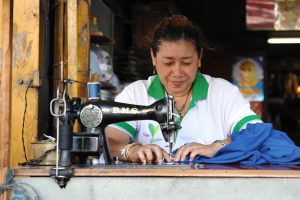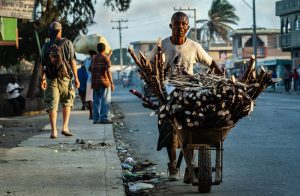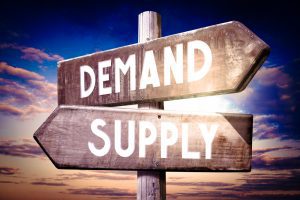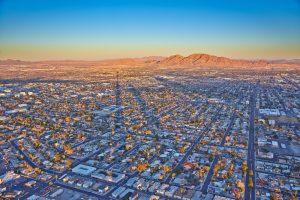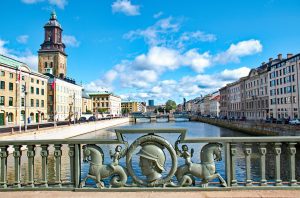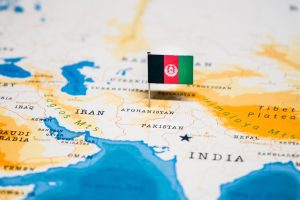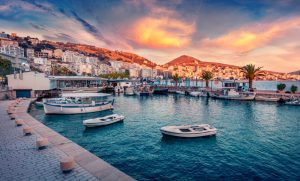Sri Lanka is classified as a developing country according to its global economic status.
Sri Lanka falls in the middle category with a GDP per capita of $3,852 USD, while, by comparison, the developed country of the United States has a GDP per capita of $63,543 USD.
Sri Lanka is a developing country and is home to over 21.8 million people. A developing country is a country with a stressed economy.
It is a country that has poor quality-of-life indicators in areas of development such as education, health care, and income.
Table of Contents
What is a developed country?
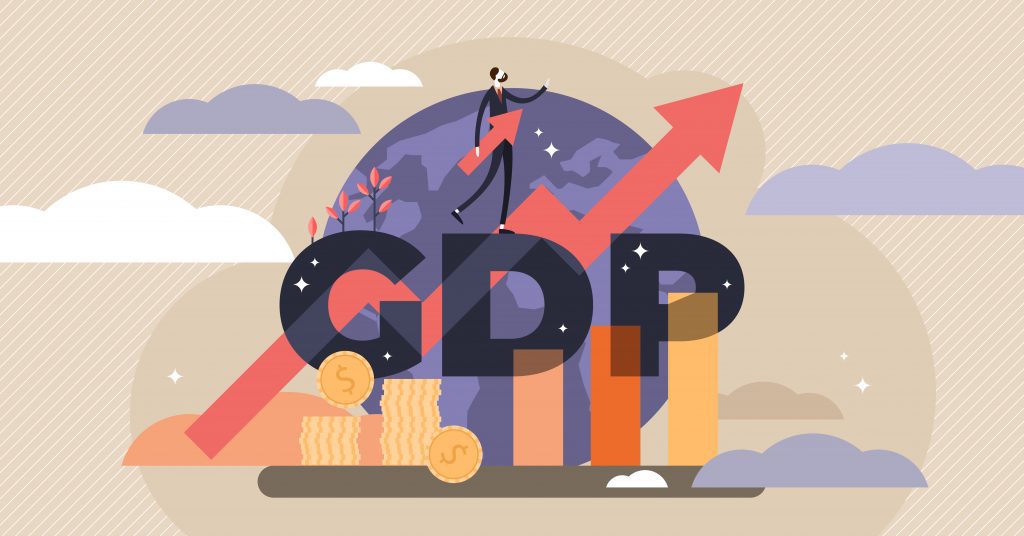
A developed country is one that is also known as an industrialized country or one that can be colloquially referred to as a “first-world” country. By comparison, a third-world country is one that would be considered one of the least developed countries in the world.
Countries are known as developed or developing or least developed, by their economic indicators of gross domestic product (GDP) per resident of the country.
It is fair to say, then, that a developed country is among the most advanced countries in the world. Factors that are measured for this in addition to GDP include technology, industry, and the service sector.
When these sectors are doing well, the economy of the country is expected to do well also.
Additionally, the citizens of such a country will enjoy easier access to education and health care. In many countries that are not developed, it is believed that education and health care are difficult to access because they are not affordable for residents.
While this is true, the lack of infrastructures, such as roads and transportation for roads, and other forms of infrastructure, such as technology, are hindrances to quality education and health care in developing countries.
What are the economic indicators of developed countries?
A country will be classified as developing, developed, or least developed by a certain number of indicators. That includes political sovereignty, gross domestic product (GDP), gross national product (GNP), income per capita, and infrastructure of the nation.
The sector of labor and economy that is busiest in a country will also be an indicator that a country is developed.
The service sector, for example, is a common factor that leaders and experts look at when considering the developing status of a country. It is a large source of employment for any country and is even considered to stimulate economies more than industry does.

Developed economies with strong service sectors will comprise as much as 60 percent of the world’s overall GDP.
The service sector is the sector that provides tangible products or services to an economy. It includes transportation, information, security and investments, health care, arts and entertainment, and professional services in addition to tourism.
A nation with a strong service sector is more advanced or developed than a nation with a strong agricultural sector, even if the agricultural economy exports to other nations.
What is a developing country?
A developing country is one that has an economy that is less complex than a developed country in every way. Its infrastructure will be more simplified, and its GDP will be lower.
Jobs will be different, they will be fewer, and the education, health care, and service sectors will be markedly less accessible when present.
For example, in a developing country, a trip to the doctor’s office could take an entire day, due to scarcity alone. The doctor’s office might be beautiful and modern, but there may be fewer practitioners because the country just can’t pay them the same that they can make elsewhere.
So, doctors, and every administrator or practitioner needed to make an office or clinic run, will be in high demand and in short supply.
Health care is just one area that a developing country suffers. With fewer jobs, there is less money, and the economy is less stimulated.
That trip to the doctor’s office will cost money that many families just won’t have.
Can developing countries improve economically?
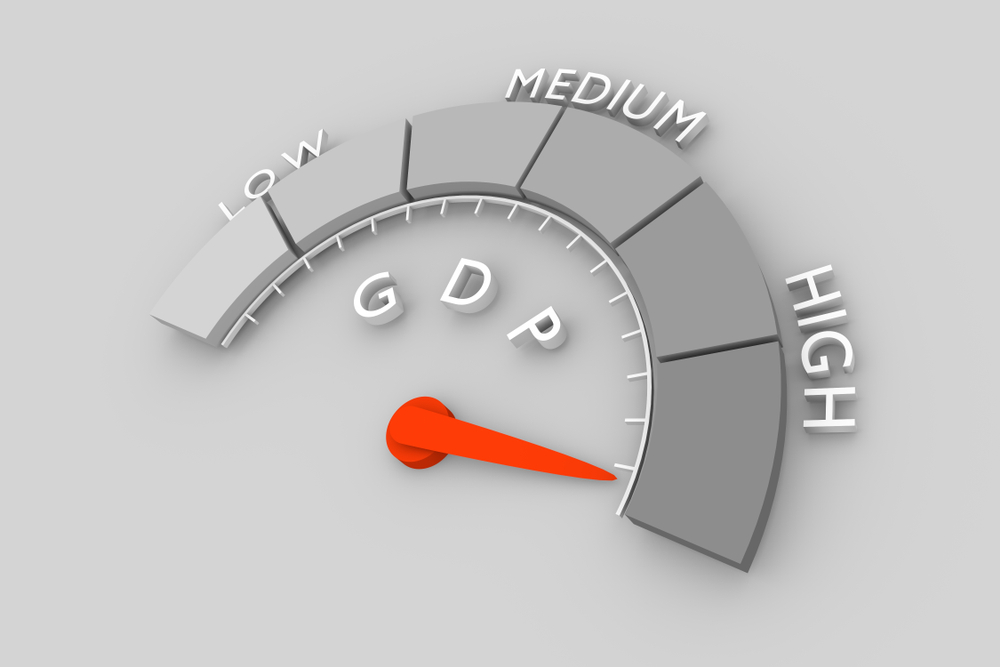
The upside to being classified as a developing country is that there is always room to grow. When income is low, at the individual citizen level and at the GDP level, progress is possible.
The goal of every developing country is to come off of the list of developing countries and become a developed one.
That trip to the doctor’s office, for example, can have a devastating impact on that family. If that happens to too many families in the nation, the population will suffer.
Even if that one family does not want to make the life changes necessary for that doctor’s trip, or others, the nation will see the problem and work to address it for citizenship as a whole.
Still, a developing country is one that is working towards that goal. Generally speaking, most countries want to perform better economically, at home and abroad. The importance of sovereignty within a nation seeking economic growth towards a developed status is significant, as national sovereignty builds the economic and social confidence required for a stronger labor market.
What does “least developed country” mean?
When a country is classified as “least developed,” it is one of the poorest countries in the world. To date, there are not many countries with this status, however, they do exist.
A country on the least developed country list might be considered a third-world country.
A country that is classified by the United Nations as least developed will have very slow economic growth and few economic indicators for the potential for progress. These countries will have dirt roads, bad water, poor health care, fewer doctors, and shorter life expectancies.
Poverty and overall economic instability are indicators here, as are political indicators such as in Myanmar/Burma.
It’s not that people don’t want jobs in these countries, it’s that the jobs aren’t there to get, nor is the education that teaches workers how to read or understand corporate policy. The GDP of the least developing countries is approximately $1,025 USD per capita annually.
There are now approximately 46 countries in the world on this list, a list that is heavily scrutinized by leadership from developed countries for the purposes of the provision of humanitarian aid and other assistance.
What is the Human Development Index (HDI)?

The Human Development Index (HDI) is another measure of the developed or developing status of a country. It is as the name implies, a measure of human development, which is a measure of a country’s development level.
In this measure, unlike the GDP, education and healthcare carry a heavyweight for the index, although income is used to create the measure.
So, for this indicator, the HDI is calculated by assessing how income is generated into the quality-of-life factors such as healthcare and education to return a fraction, or a number less than 1.0. The higher the number, the better the HDI.
Norway, Sweden, and Japan have held very high HDIs for many years. Canada has a high HDI with an HDI of 0.020 and is one rank above the United States with an HDI of 0.926 in the earliest years after the pandemic.
What is Sri Lanka’s HDI?
Sri Lanka’s HDI is in the 70 percent range and is reported as ranking 71 out of a total of 189 countries. Sri Lanka’s HDI is approximately 0.780 just prior to the pandemic.
Since the Covid-19 pandemic, some reports have indicated Sri Lankans are living off $3.20 a day.
This still is growth for the country, which was reported to have an HDI in 1990 of 0.625. HDI measures a number of quality-of-life factors beyond income, education, and health care.
Life expectancy here, however, is still higher than that of the World Health Organization’s life expectancy of 72.
Educationally, most Sri Lankans receive at least 10 years of education in their lives, with some going as long as 14 years. Purchasing power is low here, but the lifestyle here doesn’t demand a lot of purchasing either.
A day trip to the store might only include the purchase of a loaf of bread in Sri Lanka, whereas shoppers in developed countries live a lifestyle that requires more purchases to maintain it.
Is Sri Lanka’s economy improving?
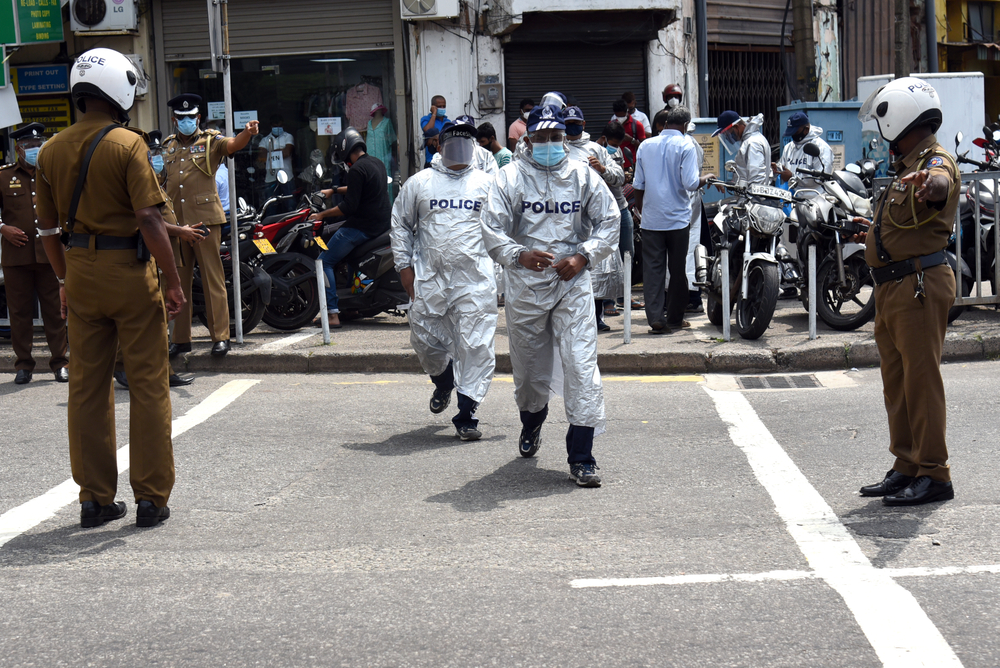
Sri Lanka’s economy would be improving if the Covid-19 pandemic had not occurred and was not still in progress after two years. Like every other nation on the planet, the economy in this Asian country has been contracting due to the pandemic.
When it does recover, the labor market will grow again, but high debt, poor health, and less food are markers of Sri Lanka’s Covid-19 world.
Still, the country is able to maintain inflation and control currency devaluation when experiencing the same scarcity of commodities that all countries face during a pandemic.
Do you understand developing countries now?
Developing countries are not the countries experiencing worst-case scenario economies today. They are simply countries that are considered to be not as wealthy are other countries such as the United States, Canada, and Sweden.
Developing status for a country is an indicator, and not a judgment call, of a country’s economic placement in the world.
The most important thing to understand about a developing country like Sri Lanka is that it is always striving to improve. Every country wants to have the economic freedoms provided by a life with infrastructure, healthcare, and education.
Reaching developed status is a goal on everybody’s mind.
And, developed countries want to fare even better than they are today, as they work towards getting higher on the list of HDI. Although it is a developing country, Sri Lanka is a beautiful nation that is home to citizens that thrive in their own unique way.
Do you understand the economy of this nation better now?


